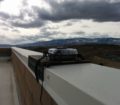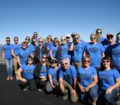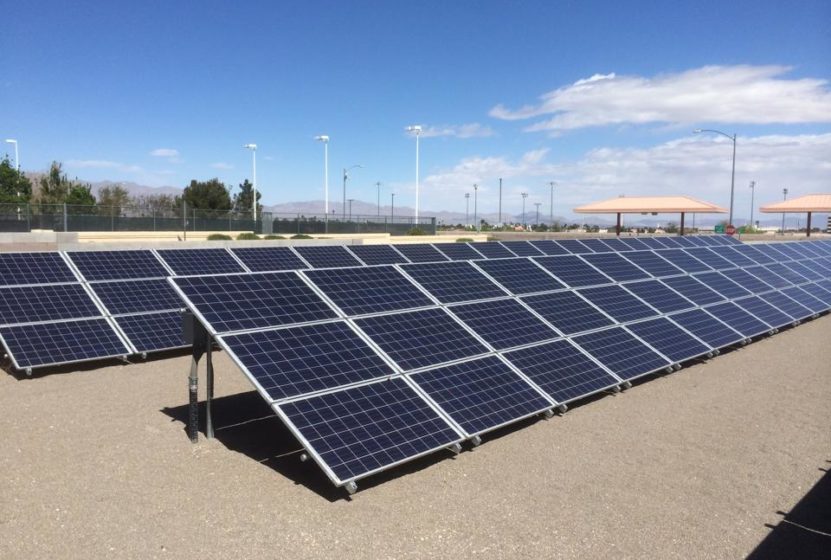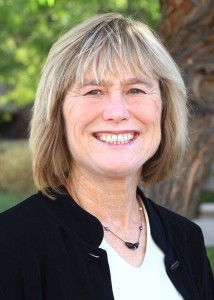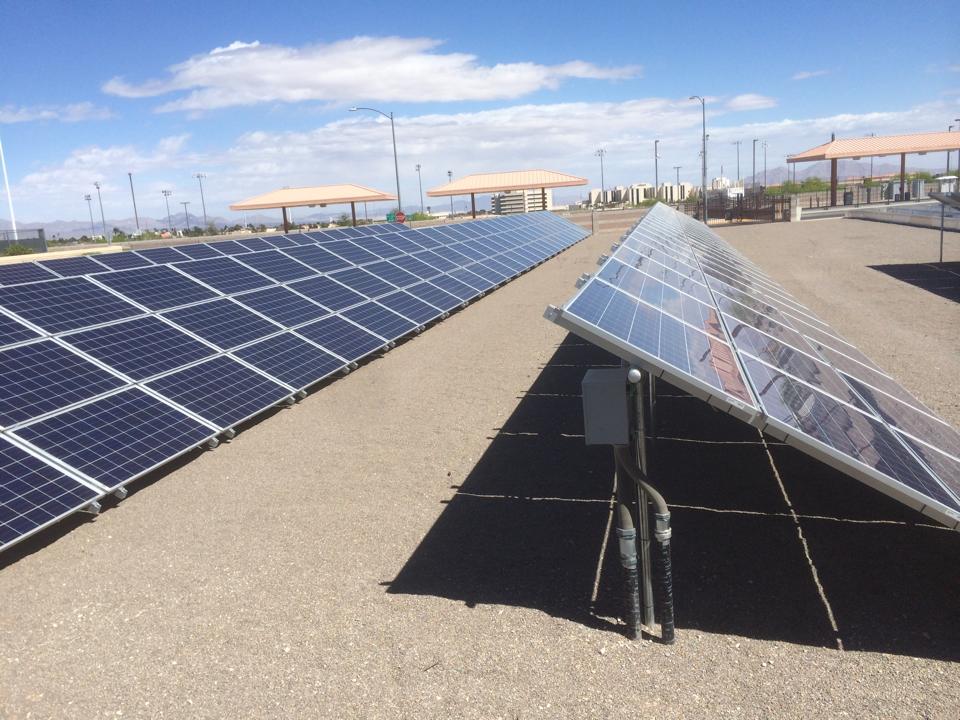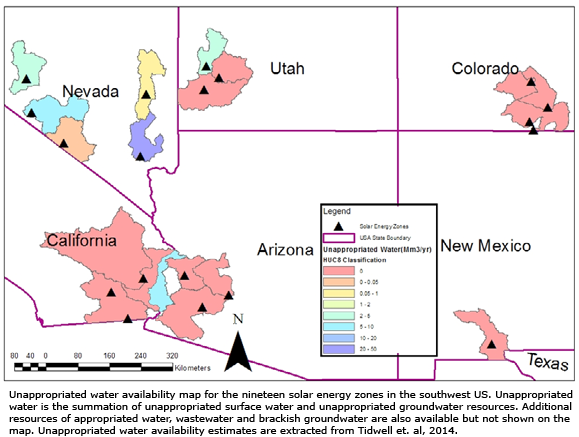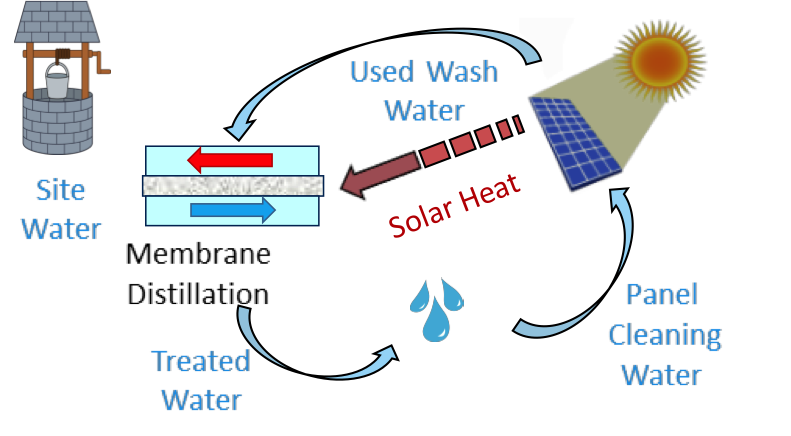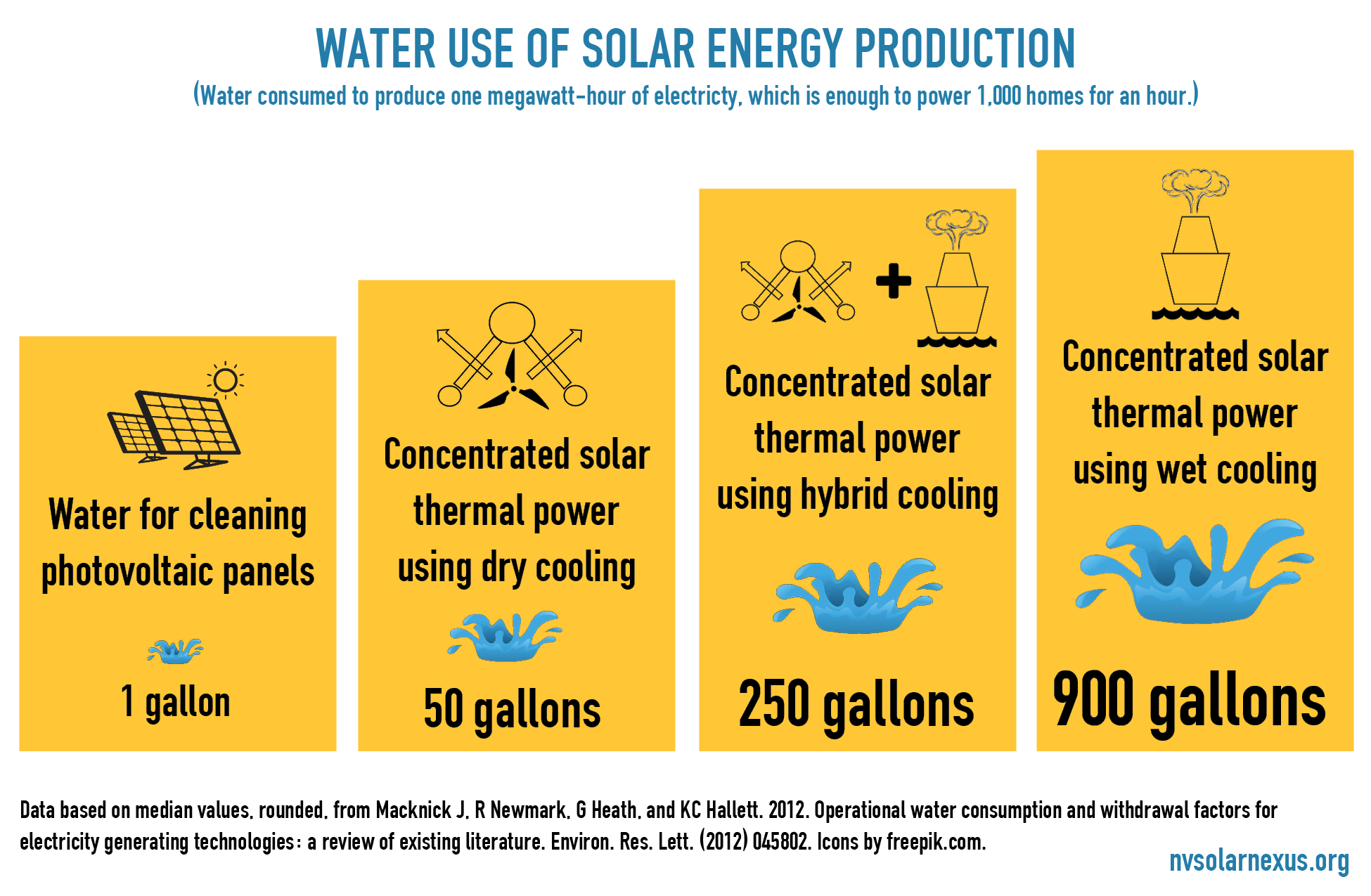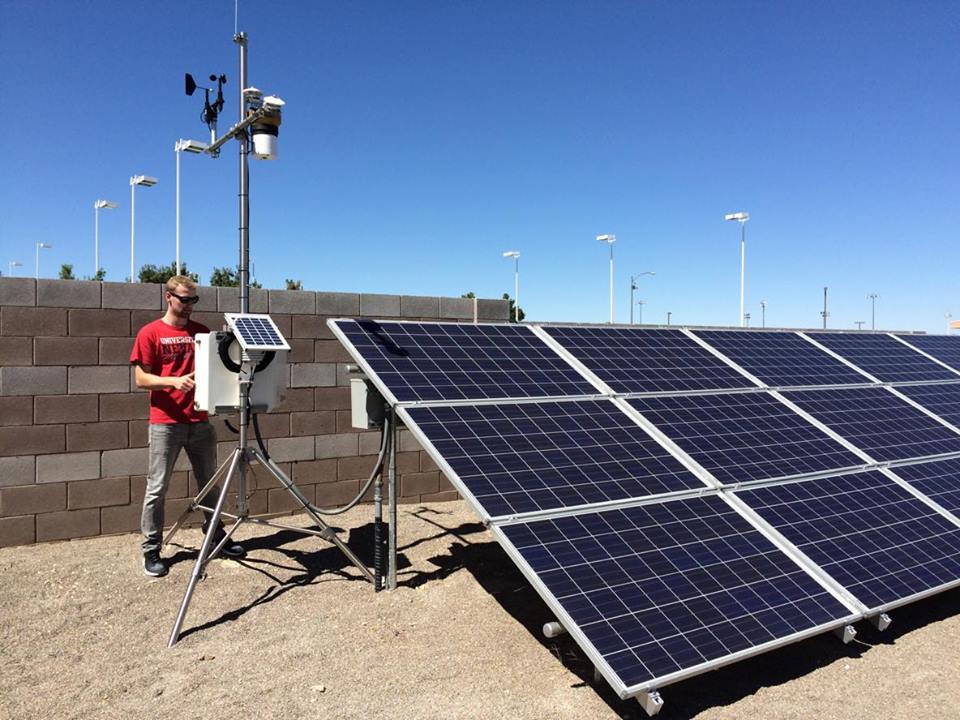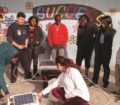Letter from the Director
While sunshine is abundant in Nevada, water is a scarce resource. In this issue of the NEXUS Newsletter you will read about how our NEXUS scientists and students are devising innovative research approaches to reduce the use of fresh water in solar energy production.
Research at NEXUS focuses on saving water in every stage of solar energy generation: from washing solar panels to cooling the energy produced. We only have the space to highlight three projects from our portfolio of water-related research in this newsletter but other NEXUS research includes investigating the best times and durations to wash solar panels, and using a robot to clean panels to optimize water use. NEXUS researchers are also learning about the types and causes of deposits on panels with a view to reducing water requirements for cleaning.
As always, we welcome future collaborations and partnerships and look forward to hearing back from you!
|
RESEARCH HIGHLIGHTS
|
Efficient and Sustainable Solar Panel Washing
Washing dust and other deposits off photovoltaic panels increases the efficiency of solar energy production, but requires water, which is often scarce. NEXUS scientist Dr.Jacimaria Batista at the University of Nevada Las Vegas and her team are investigating whether non-drinking, lesser quality water can be used to wash solar panels. Such reuse water is available in every major urban center or small community meaning that the NEXUS research will have applications to both large and smaller scale solar facilities. The team has instrumented a small site in Las Vegas to monitor climate conditions, dust accumulation and efficiency of solar panels and are investigating washing the panels with brackish groundwater, reuse water, distilled water and tap water with surfactants. Post washing, a goniometer is used to identify mineral or organic film formation, or coatings on the panel that might reduce solar energy production efficiency. “Water of drinking quality is a valuable and scarce resource and should not be used for panel wash purposes,” Batista says. “We need to investigate the use of other waters so that solar will be truly sustainable, not only from an energy source point of view, but also from the ancillary resources needed to make solar energy possible.”
_______________________________________________________________________________
Assessing Water Availability for Sustainable Solar Energy in the Southwestern U.S.
The Southwestern United States with its consistent sunshine holds great potential for solar energy production but water resources in this region are already highly taxed by agriculture and growing populations. Before constructing solar energy facilities, it is important to assess the availability of water for cooling and cleaning purposes and determine whether use of the available land is for the long-term benefit of all. With this objective NEXUS researcher Dr. Sajjad Ahmad and his graduate student Syeda Saria Bukhary at the University of Nevada, Las Vegas have used solar power modeling as a screening tool for solar power investment. The scientists determined estimates of water availability and usage for nineteen solar energy zones in six states of southwest U.S. between 2010 and 2030. Their findings identified groundwater as a potential resource to meet water demands of certain configurations of solar installations. They also found there is enough land available in each zone for sustainable use of solar energy. “The model that we’ve generated can act as a first line of screening for policy makers and investors to help decision making regarding potential solar power development,” Bukhary says. “It’s a model that can also be replicated for other regions in the U.S.”
_______________________________________________________________________________
Solar-powered Water Treatment
NEXUS research is advancing water and wastewater treatments that can be powered by renewable and sustainable solar energy. Solar energy facilities require water for cooling and cleaning purposes and treating water requires energy. The pioneering research capitalizes on this symbiotic relationship. The team of scientists, led by Dr. Sage Hiibel of the University of Nevada, Reno, developed a direct contact membrane distillation (DCMD) process to treat water and wastewater. ‘Dirty’ water is heated and purified water vapor passes through a microporous membrane that repels liquid water. Once through the membrane it condenses into pure water. The system requires energy, in the form of heat, to vaporize the water. The team is building a pilot-scale DCMD located in a mobile trailer, which will be taken to various facilities to treat the water used to clean solar panels and/or mirrors. The trailer is equipped with a solar water heater and photovoltaic panels supply it with some of its electrical needs. It will also serve as an educational demonstration unit to raise STEM awareness. “This research provides a clean water supply from traditional waste water and heat sources, thereby improving both the economics and the water footprint of solar facilities,” Hiibel says.
_______________________________________________________________________________
|
NEXUS AT A GLANCE
|
_______________________________________________________________________________
|
NEXUS 101
|
Why does Solar Energy Require Water?
Both concentrated solar power (CSP) and photovoltaic solar energy facilities require water for cooling. Facilities also need water for washing mirrors and panels, a process that improves the efficiency of solar collection. In wet cooling, water is used to cool the CSP facility and large amounts of water are lost to the atmosphere. Dry cooling techniques, however, use minimal water. NEXUS scientists are currently focused on improving dry cooling techniques and minimizing the costs of implementation. NEXUS researchers are also investigating the use of lower quality waters for cleaning purposes and using solar powered treatment processes for previously used water.
Training the Next Generation of Water Conscious Solar Energy Scientists
Training graduate students in the issues surrounding the nexus of solar energy production, water and the environment is a core mission of the NEXUS project. Regarding water resources, graduate student Syeda Saria Bukhary at the University of Nevada, Las Vegas (UNLV) is using solar power modeling software as a screening tool for solar power investment and UNLV graduate student Alisson Boeing is investigating the use of alternative poorer quality water for cleaning solar panels.”By training students in the interdisciplinary aspects of STEM fields, we are increasing the odds that solar energy production will be a strong, profitable and sustainable form of power in future decades,” says Gayle Dana, Project Director of NEXUS.
__________________________________
__________________________________
Any opinions, findings, and conclusions or recommendations expressed in this material are those of the author(s) and do not necessarily reflect the views of the National Science Foundation.
__________________________________
__________________________________

